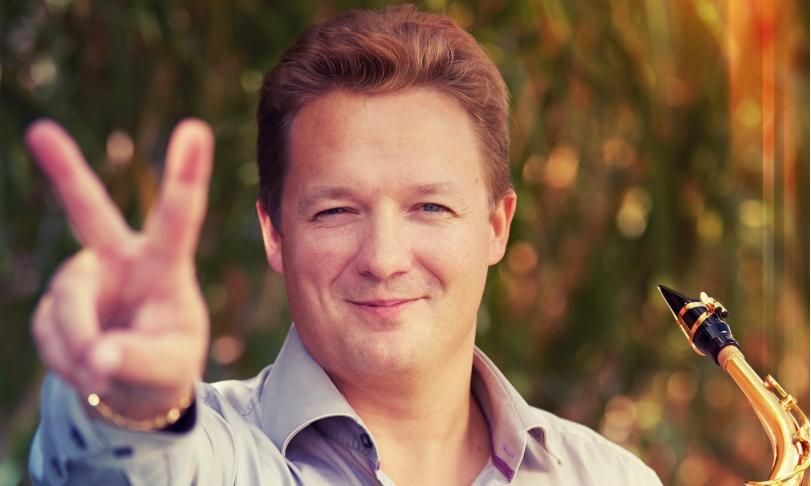
The saxophone has become so firmly established in the jazz repertoire that it is tempting to consider this wind instrument exclusively for jazz. In addition, since the invention of the saxophone by the Belgian Adolphe Sax in 1840, the saxophone has aroused enthusiasm for its incredible richness of timbre, but never the significance of its "classical" rivalry, as for instance the woodwind instruments such as clarinet and oboe. The exuberant enthusiasm of Hector Berlioz, who spontaneously arranged one of his sacred vocal compositions, the "Chant Sacré" for saxophone and conducted its première with Adolphe Sax on the baritone sax, also did not help to better the situation. And so, a boundary stone had been set for the use of the saxophone in classical music, which has seen many variations over time, of which the soprano, tenor and baritone versions still play a role, mirrored in a lack of a sufficient number of original classical compositions for the saxophone, resulting in the saxophonists having to resort to arrangements of compositions originally written for other instruments or even for singers. By the way, the viola is not much different in this respect.
This is also true for the album So French, with "Scaramouche" originally written by Darius Milhaud for two pianos, with the "Méditation de Thaïs" by Jules Massenet originally written for violin and orchestra and with the "Les Berceaux" of Gabriel Fauré, originally written as a piano-accompanied song. The fact that the remaining tracks of this album have originally been written for the saxophone goes back to saxophonist Elise Hall, who commissioned these titles at the beginning of the 20th century from the French composers André Caplet ("Impressions d'automne"), Vincent d'Indy ("Choral varié"), Georges Sporck ("Légende"), Florent Schmitt (another "Légende") and Claude Debussy ("Rhapsody").
The saxophone players active in the classical music scene are similar to the repertoire originally written for the saxophone: they are generally not as prominent as their soloing oboe, clarinet or horn-playing wind colleagues. However, this does not say anything about the quality of the saxophonists, of whom the 38-year-old Frenchman Alexandre Doisy occupies a front position in the phalanx of internationally active saxophone players. At the tender age of fifteen, he was inducted into the French national musical training center Conservatoire National Supérieur de Musique in Paris. After completing his honored studies with distinction, he made about himself talk on the international podium of music competitions. He was awarded first and second prizes as well as the Audience Award of the 50th International ARD Competition in 2001. His partner on the piano on the album So French is the pianist Claudine Simon, who is also crowned with prizes. She is primarily active as a chamber musician and composer she is responsible for cross-genre dance and theater projects. It is essential for So French that the album, exclusively dedicated to French music, especially spreads a French atmosphere that combines a certain lightness of being as well as an elegance of presentation and spirit and wit, in short esprit. And of those qualities, the two musicians who are true masters of your instrument have everything to offer that one could wish for. Their game flashes and sparkles and communicates pure playfulness with each piece. This album spreads something that is not conceded too often to classical music: a good mood that culminates in Milhaud's "Scaramouche". "Scaramouche" is good-mood music par excellence, which is why "Scaramouche" from the album So French given once a day ensures that everything will be fine.
Alexandre Doisy, saxophone
Claudine Simon, piano









